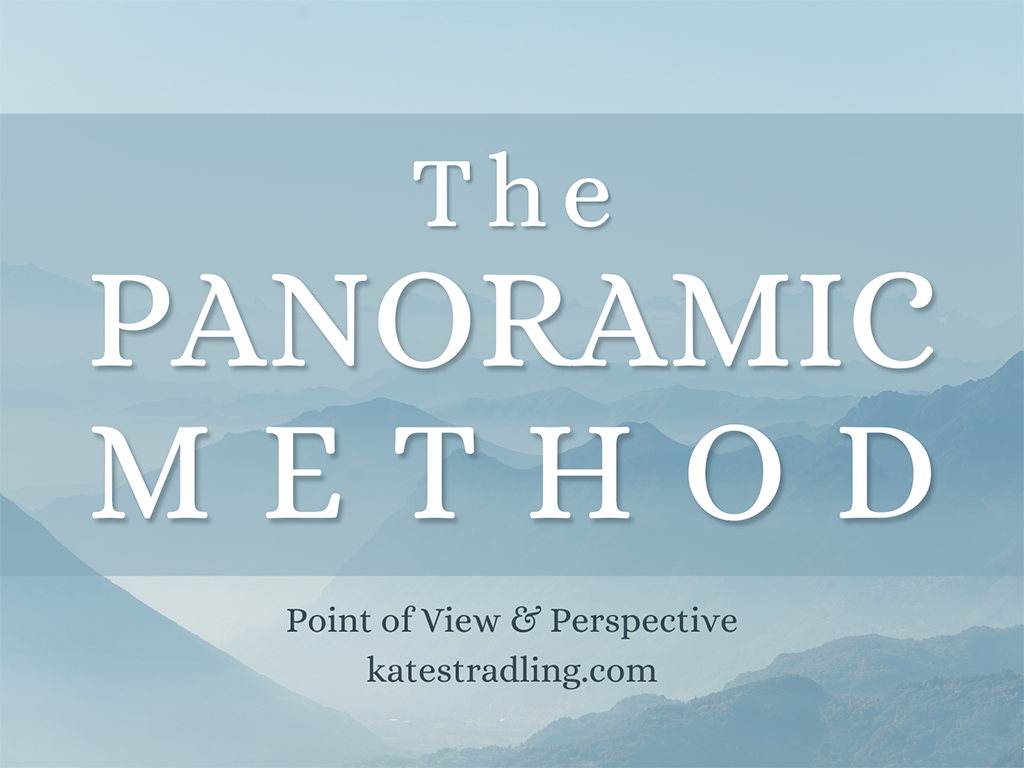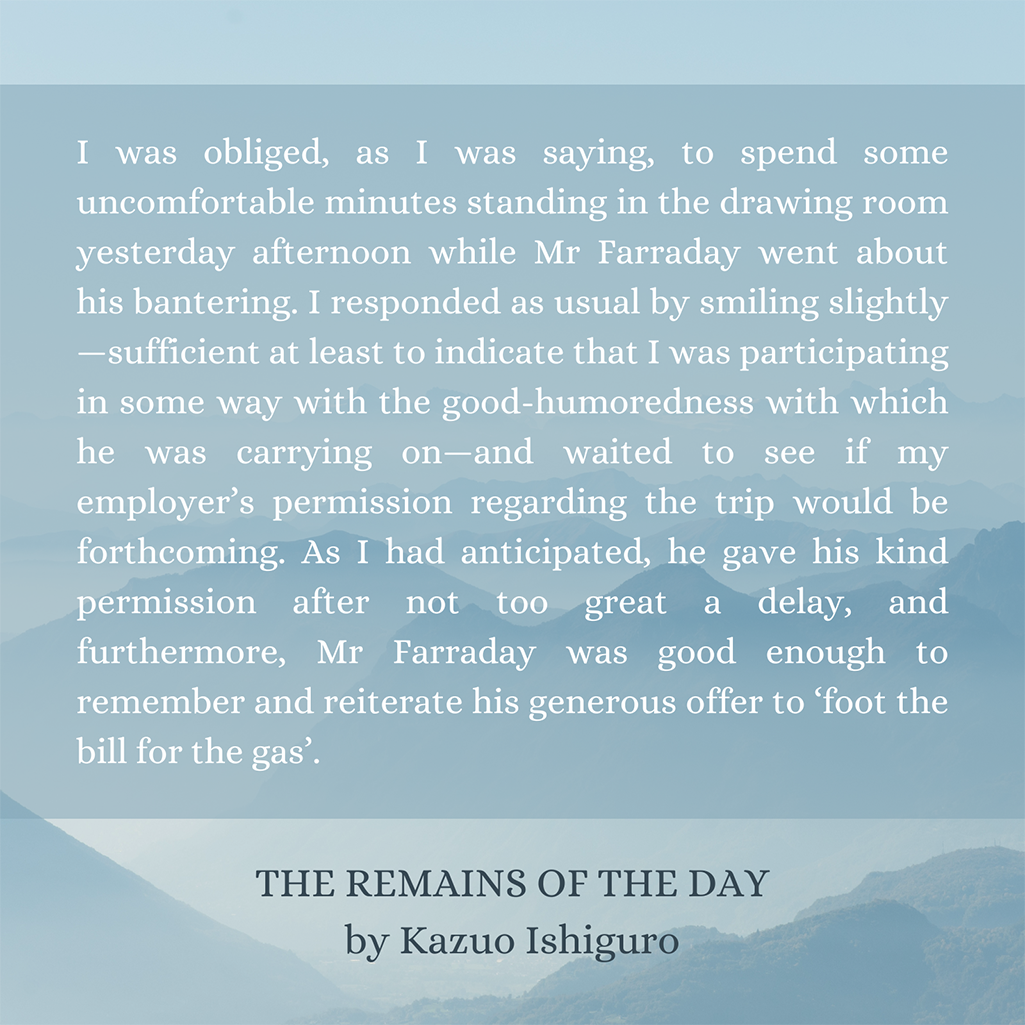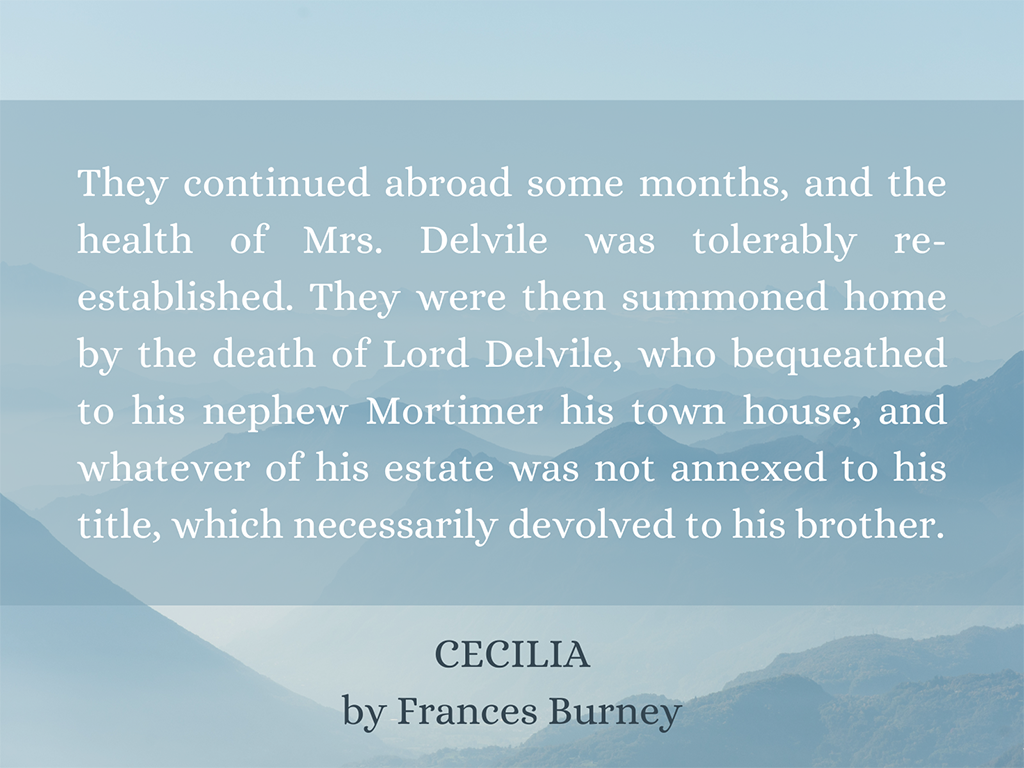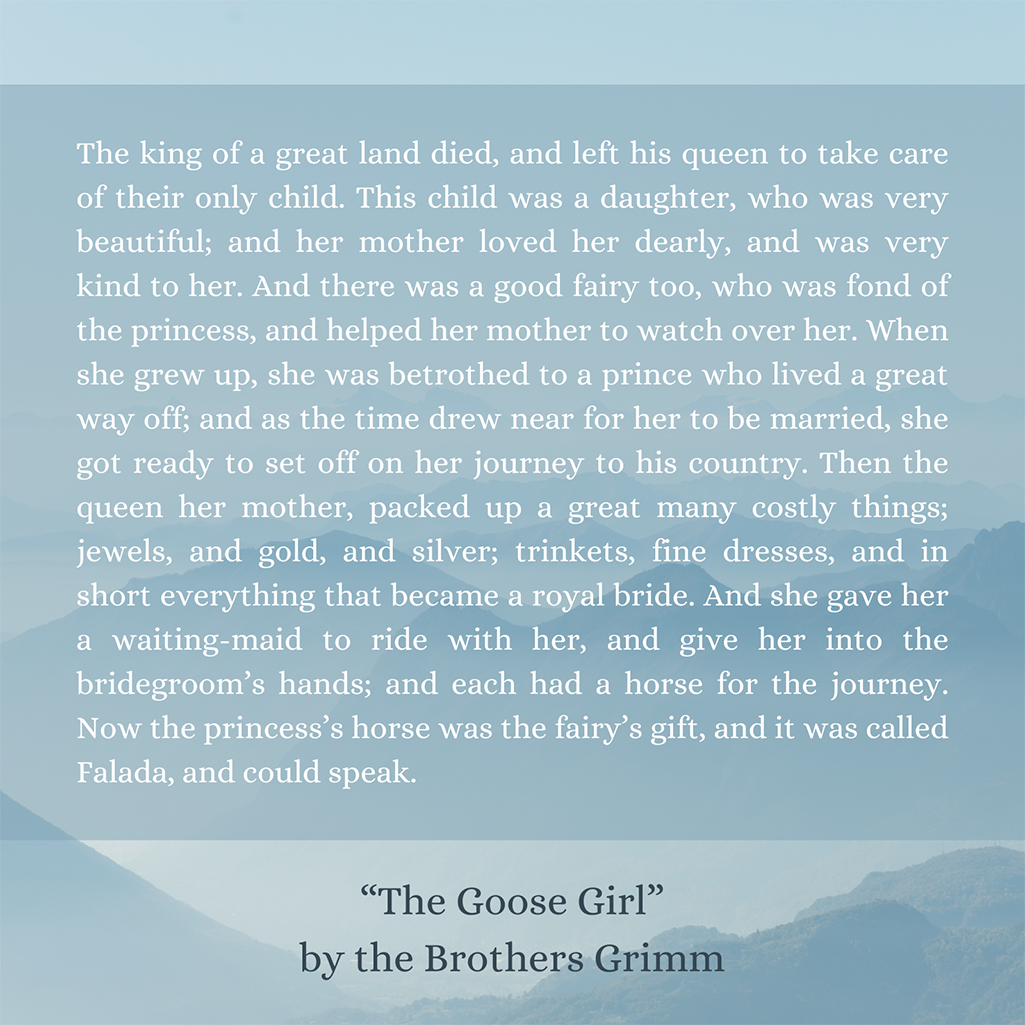
The Panoramic Method is a narrative technique of summarizing through exposition rather than diving deep into specific scenes. Basically, it’s the manifestation of “Tell, don’t show.”
This method allows the story to gloss over less important conversations and events without giving a blow-by-blow account. This in turn propels the Plot forward to more important happenings instead of bogging it down with minutia.

The Scenic Route
In theory, every scene is supposed to mark a change, whether positive or negative, in the characters’ outlook and/or understanding. If they start in equilibrium, they end in chaos, or vice versa. Or, they might begin in chaos and descend deeper as the Plot thickens. If a scene enacts no change—or worse, rehashes ground already covered—it can cause the story to stagnate.
Thus, the Panoramic Method becomes useful when a character’s outlook or understanding remains static through events that are necessary to their tale. When, for example, they travel from one setting to another, or when they recount an earlier experience to someone who wasn’t present.

Some Panoramic Caveats
Because the Panoramic Method relies on exposition, it runs the risk of turning into an information dump. Authors looking to harness this technique should be careful of including irrelevant details or long-winded explanations, unless such inclusions support the story’s intended Tone and/or Style.
Also, be aware that some Readers want all the gory details—a confrontation, a refutation, a moment of vindication—and this technique can deprive them. It serves well to sew up loose ends as a story closes. However, it can also rob the Reader of an expected payoff.
Panoramic vs. Scenic

We find easy examples of the Panoramic Method in fairy tale collections, where the stories tend to be brief and include plenty of exposition to convey their Plot.
Juxtapose these with their respective adaptations. A story told in only a few pages through the Panoramic Method can become a full-length novel when expanded scene by scene. For example, the Grimm fairy tale “The Goose Girl” is roughly 2K words long. It has inspired much longer works, such as
- GOOSE CHASE by Patrice Kindl, 51K words
- THE GOOSE GIRL by Shannon Hale, 91K words
- THORN by Intisar Khanani, ~130K words
While these adaptations each embellish on the original tale, their Plot clearly parallels it. Ironically, the shortest of the three diverts the most from its source material.
The Panoramic Method, then, can supply a foundation upon which to build. For pre-writing and early drafts, it’s a mechanism for the Author to tell themself the story. In final drafts, though, it’s best in small doses, to bridge narrative gaps while keeping the overall focus of a piece tight.
- In what stories or passages have you noticed the Panoramic Method?
- What do you like or dislike about this technique?
Up next: Epistolary Style
Previous: The Scenic Method
Index Page: Point of View